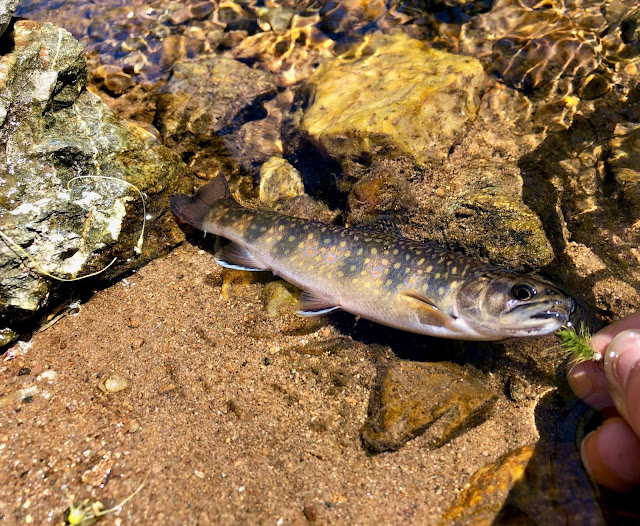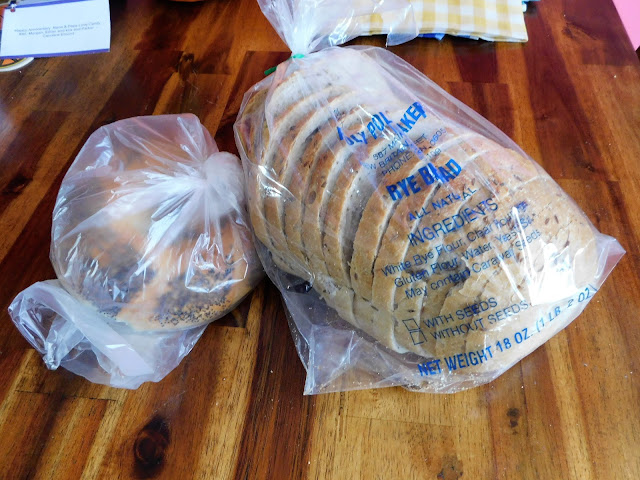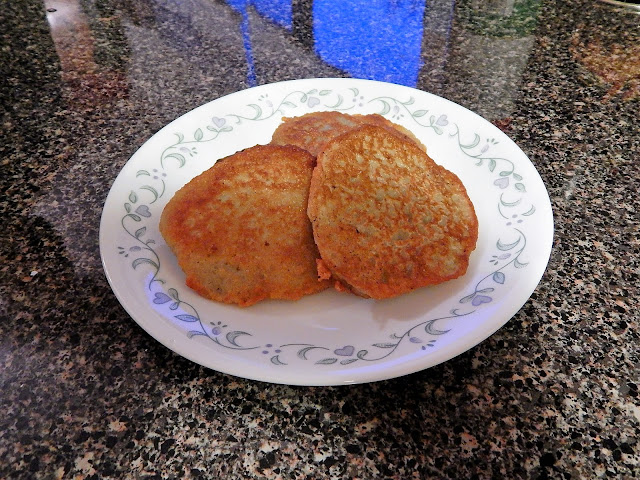The construction of Rangeley style streamers used many different types and styles of hackles. In many of the books written on hackle used were to create smelt imitations and quite a few attractor patterns of bright colored flies. Many streamers were designed to be fished in those deep lakes of Maine, New Hampshire and New York. These lakes held landlocked salmon, brook and brown trout. The main forage of these salmonids was the smelt, with alewife and dace also in the mix. One common trait of the dace is usually that prominent lateral line. Some lines are real bold and others barely seen. So to get that predominant line to show a group of hackle was used. The group here is the Golden Badger Rooster Saddle and is pictured above.
When these saddle hackles are assembled and other materials used such as a throat, body, rib, shoulder and Jungle Cock eye a very representation of a "dace' comes through.
This is a Silver Badger Rooster Saddle. It's feathers also make for a fine Dace pattern. And with this one being silver it can also be used to create a smelt pattern.
Now anyone who has ever caught lake smelt will look at this streamer and suggest that is what is to represent. But it was tied to represent a "dace"..
If one does not have Badger hackle a substitute can be made with a white and brown feather from a standard rooster saddle.
One side of the brown hackle has had it's barbule's stripped off.
It is placed on top of the white feather.
A shoulder is added, a pheasant church window feather.
And when assembled together another fine "dace" pattern is created.
These Rangeley streamer flies are truly the fly tyers art. Many created during the depression and world wars. I can only imagine a fly tyer sitting at his vise on a cold January night. materials close by and a thought in hie head of a "big" brook trout or salmon taking his craft come
'ice out"





















































